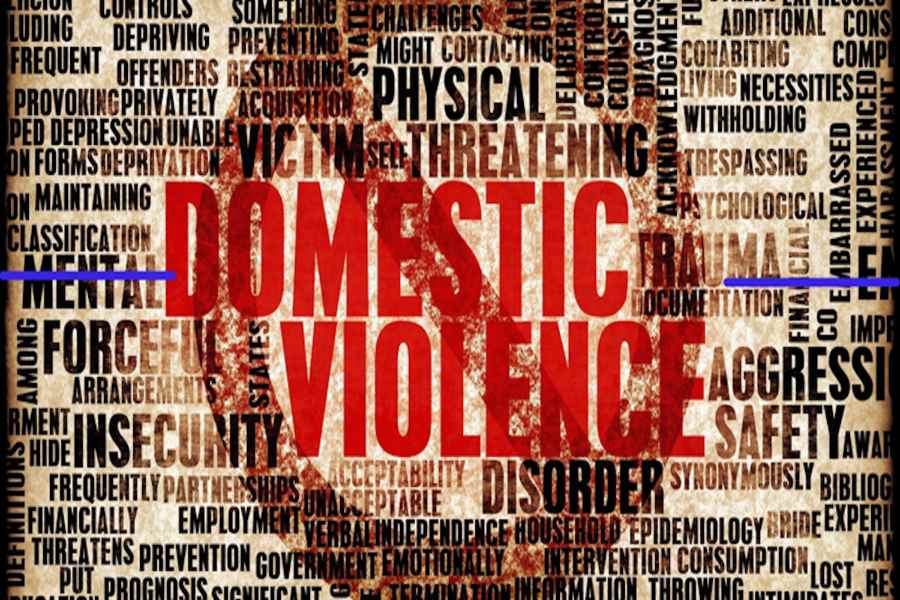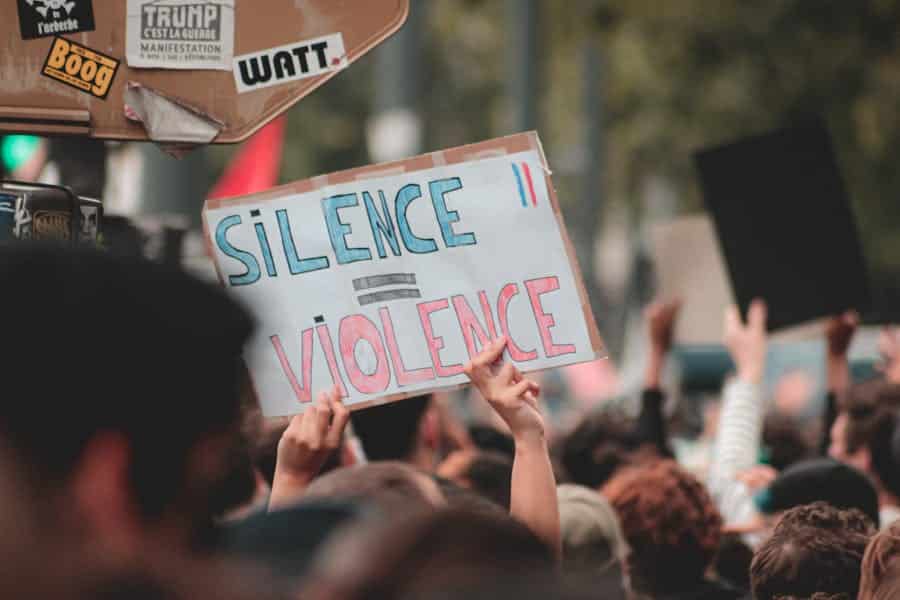
Domestic violence affects millions of people, yet it often remains hidden behind closed doors, leaving many victims feeling isolated and powerless. Despite the severity of their situation, individuals suffering from abuse may not always reach out for help, either due to fear, shame, or a lack of support. This is where friends, family members, and even acquaintances can make a significant difference. Offering practical and emotional support ensures victims do not feel isolated in their struggle.
In this article, you’ll find key strategies and compassionate approaches to supporting someone experiencing domestic violence, potentially changing the course of their life.
Legal and Protective Measures for Domestic Violence Victims
Legal and protective measures play a vital role in ensuring domestic violence victims’ safety and peace of mind. One of the most effective legal steps a victim can take is obtaining a restraining order, which legally prohibits the abuser from contacting or approaching them. Restraining orders can also extend protection to children, helping victims regain control over their lives while reducing the immediate threat of violence.
In cases where children are involved, being informed about custody laws is equally important. Courts prioritize the safety and well-being of children, and victims can seek legal custody arrangements that limit or completely block an abuser’s access to their children if there is a clear threat. Exploring these legal options early can significantly improve the victim’s safety and long-term prospects.
However, navigating the legal system can be overwhelming, and this is where connecting the victim with professionals becomes crucial. Lawyers who specialize in domestic violence cases, whether offering legal services for domestic violence in Orange County or your local area, can guide victims through the legal process.
Additionally, counselors and social workers can provide emotional support and help victims access resources like shelters, financial assistance, and therapy. Building a strong network of legal and emotional support helps victims take informed steps toward securing their safety and well-being.
Establishing Trust and Safety

When supporting domestic violence victims, establishing trust and safety is the most crucial step. Approaching the conversation with care and confidentiality helps the victim feel secure in sharing their experiences. It is essential to choose a private, calm setting where they feel comfortable opening up. Let them know that whatever they say will remain confidential, as this reassurance can encourage them to speak more freely.
Listening without pressuring the victim is key. Resist the urge to push for immediate solutions or rush the victim into decisions they aren’t ready to make. Many people in a violent relationship may feel overwhelmed or unsure of what steps to take next. Rather than focusing on what they should do, prioritize being a supportive listener. This helps them process their situation at their own pace, which is crucial if they are facing abuse, whether physical or emotional.
Creating a safe space for dialogue is also about being non-judgmental. Victims may feel embarrassed or ashamed, so it’s important to avoid making them feel defensive. Instead, offer support by allowing them to share their feelings and fears without fear of criticism. Gradually, this builds trust, a critical foundation for empowering victims to make informed decisions about their safety.
Encouraging Empowerment
Empowering a victim of domestic violence is about giving them control over their own decisions. Rather than dictating what they should do, the goal is to offer guidance that allows them to make choices based on their own situation and comfort level. For instance, you can encourage them to think about a safety plan but avoid forcing the conversation or pushing them to act immediately. A safety plan might include identifying a safe place to go, gathering important documents such as IDs and legal papers, and preparing a list of emergency contacts.
It’s also helpful to reinforce that leaving an abusive relationship is a process, not a single event. It’s common for victims to feel unsure or conflicted about leaving, especially if they’ve experienced emotional or psychological manipulation. Many people take multiple steps before they can leave for good. Acknowledge that their feelings are valid, and remind them that small steps forward, like reaching out to a crisis hotline, exploring support groups, or addressing their mental health, are positive progress.
The best way to support a victim is to empower them with information and options while always respecting their pace. By doing this, you’re helping them regain a sense of control over their lives and giving them the tools to eventually break free from abusive behavior on their terms.
Conclusion
Support doesn’t end after a single conversation or action. Victims may need continuous encouragement, as their journey toward safety and independence can be complex and lengthy. Consistently offering support through active listening, helping with resources, or providing a safe space can make a significant difference in their well-being.
When domestic violence victims are given the support they need, they can rebuild their lives and find hope for a safer future. By offering patience, understanding, and practical assistance, you help them regain control and move toward a life free from abuse. Empowering victims in this way not only fosters their recovery but also reinforces their ability to make decisions that can lead to lasting change.








